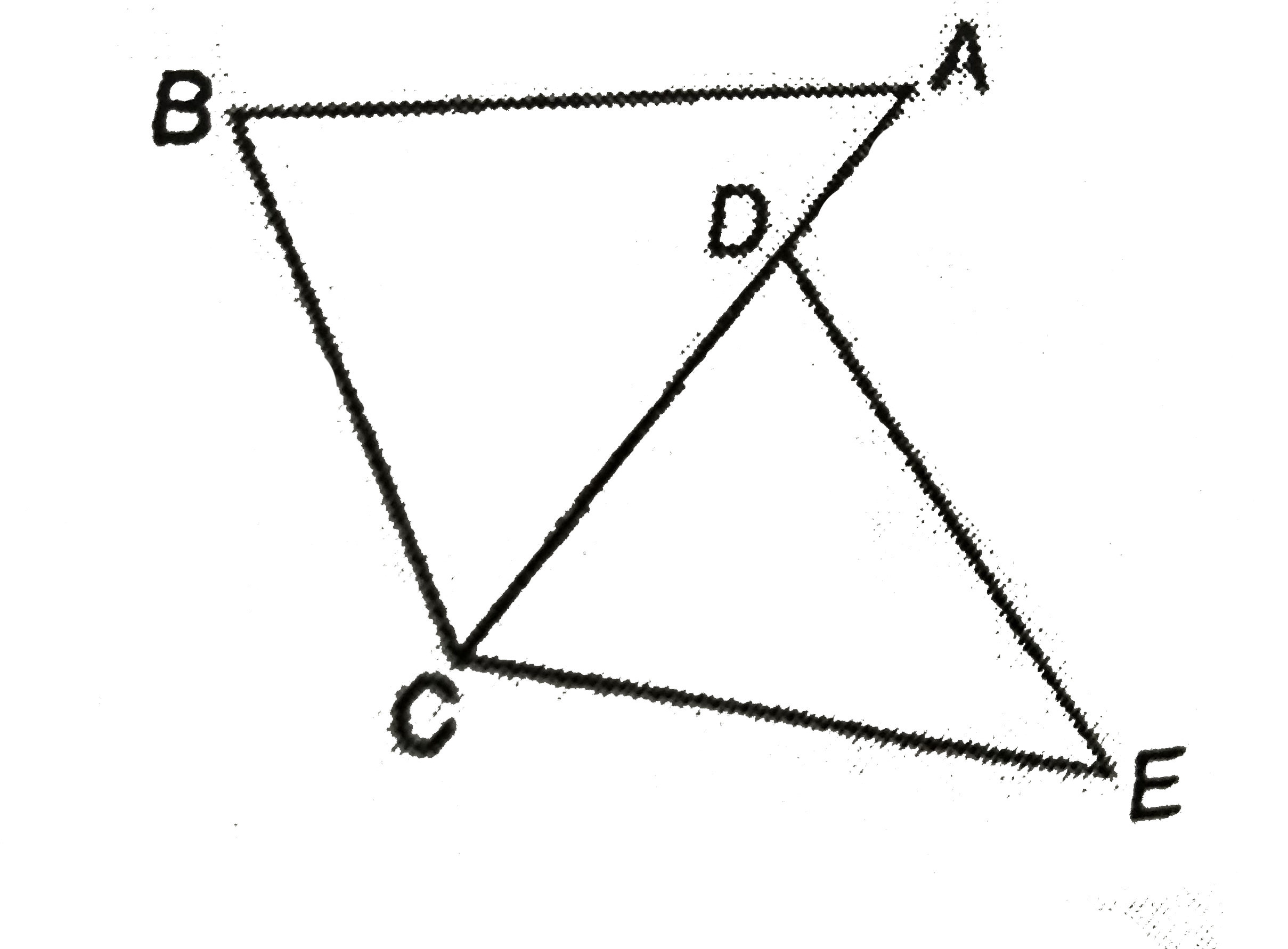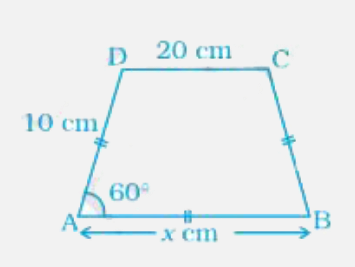In the following figure, find AD.
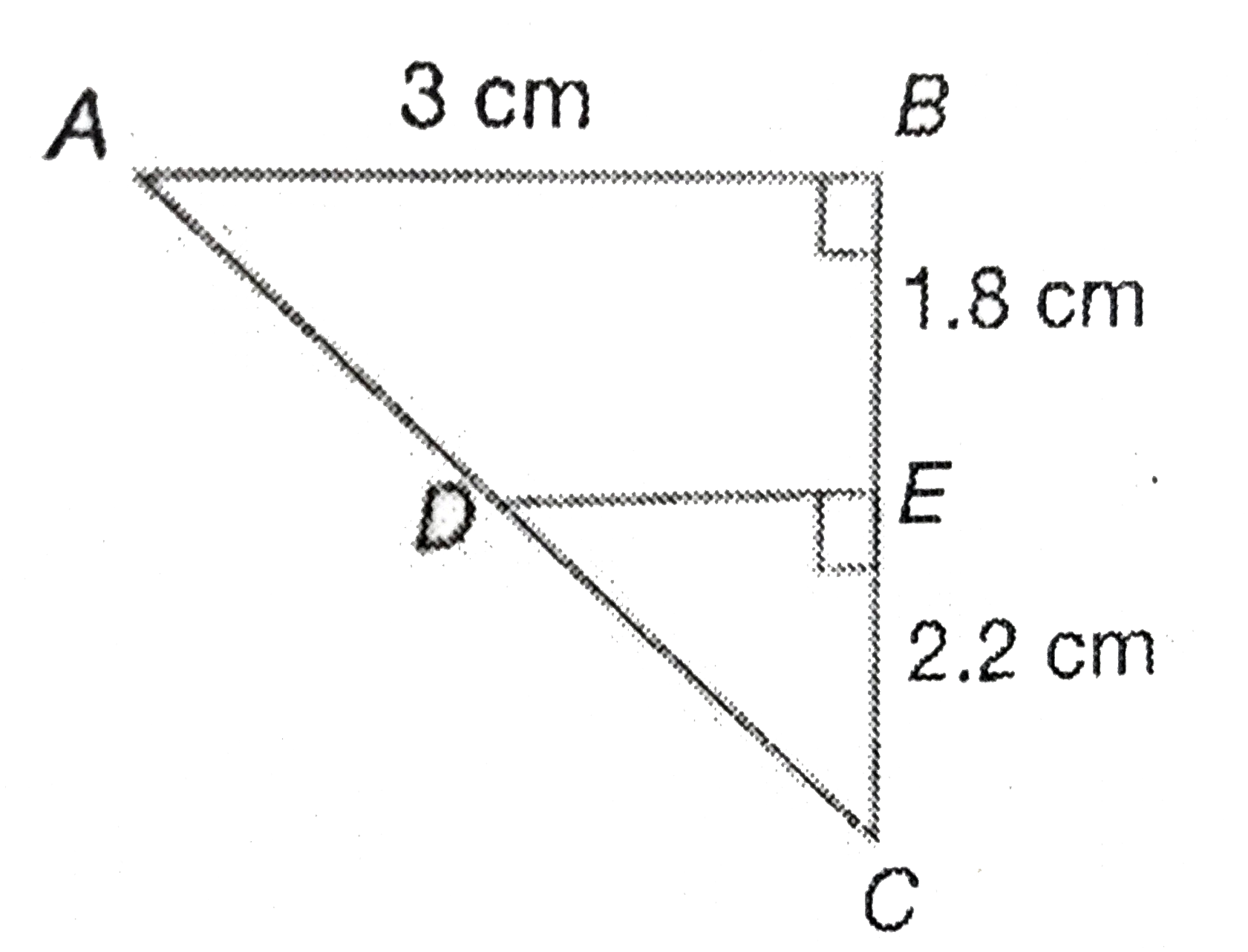
A
1.8 cm
B
2.25 cm
C
2.2 cm
D
1.85 cm
Video Solution
Text Solution
The correct Answer is:B
(i) Apply 'basic proportionality theorem'.
(ii) Apply Pythgoras theorem to find AC.
(iii) Then apply basic proportionaliy theorem,i.e., CE/EB=CD/DA.
|
Updated on:21/07/2023
Topper's Solved these Questions
- BOOK - PEARSON IIT JEE FOUNDATIONCHAPTER - GEOMETRYEXERCISE - Concept Application Level -315videos
GEOMETRY
- BOOK - PEARSON IIT JEE FOUNDATIONCHAPTER - GEOMETRYEXERCISE - Concept Application Level -134videos
GEOMETRY
- BOOK - PEARSON IIT JEE FOUNDATIONCHAPTER - BANKING EXERCISE - LEVEL 310videos
BANKING
- BOOK - PEARSON IIT JEE FOUNDATIONCHAPTER - LIMITSEXERCISE - LEVEL-315videos
LIMITS
Similar Questions
Knowledge Check
- Question 1 - Select One
In the adjoining figure, if AB = AD and CB = CD, then whch of the following is correct?
 AΔABC≅ΔADCB∠BCA=∠DCAC∠ADC=∠ABCDAll of these
AΔABC≅ΔADCB∠BCA=∠DCAC∠ADC=∠ABCDAll of these
In the following figure, AD=DB and DE∣∣BC. Then AE=EC (True/ False)
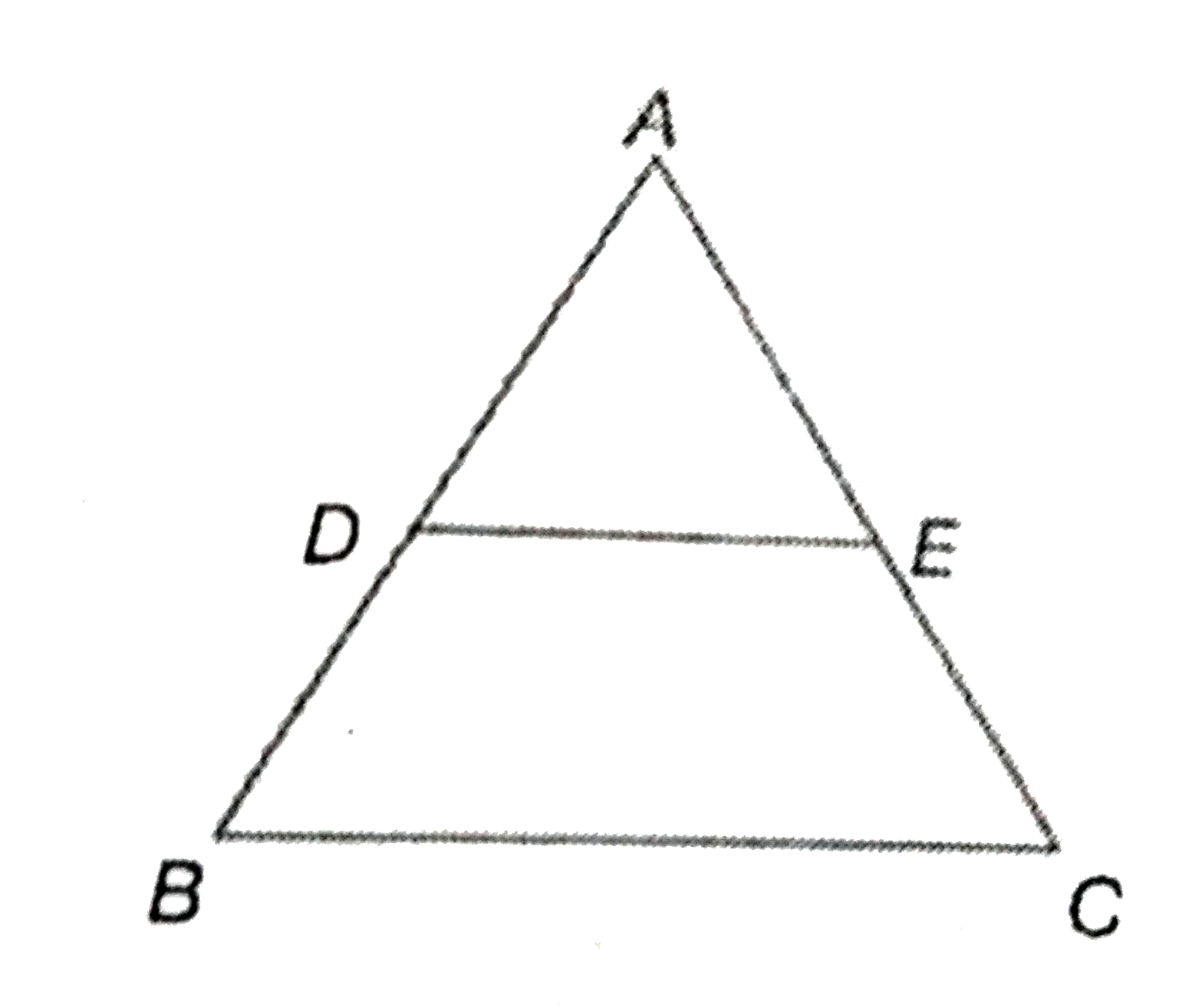 View Solution
View SolutionIn the following figure AP⊥BC,AD∣∣BC, then find A(ΔABC):A(ΔBCD).
 View Solution
View SolutionIn following figure if AD if the bisector of ∠ABC, then prove that AB>BD
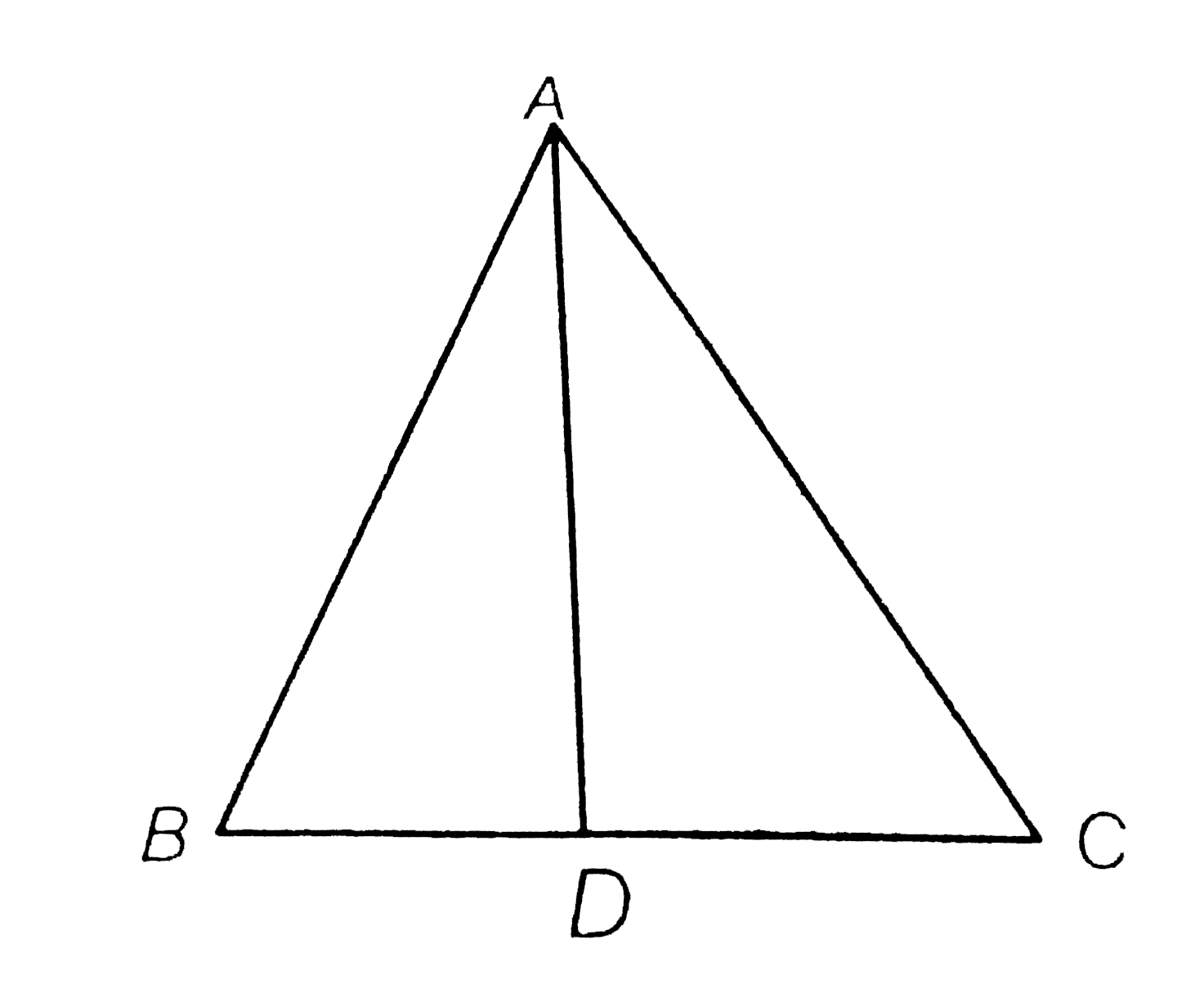 View Solution
View SolutionIn the given figure find AD, BE, CF where AB = 12 cm, BC = 8 cm and AC = 10 cm.
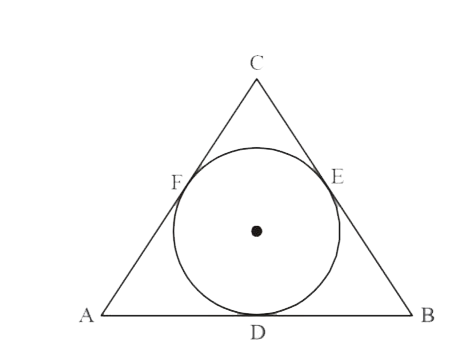 View Solution
View SolutionIn the adjoining figure, find the measure of angle FEB, if the lengths of sides AD, DF and FE are equal and ∠ACB=65∘.
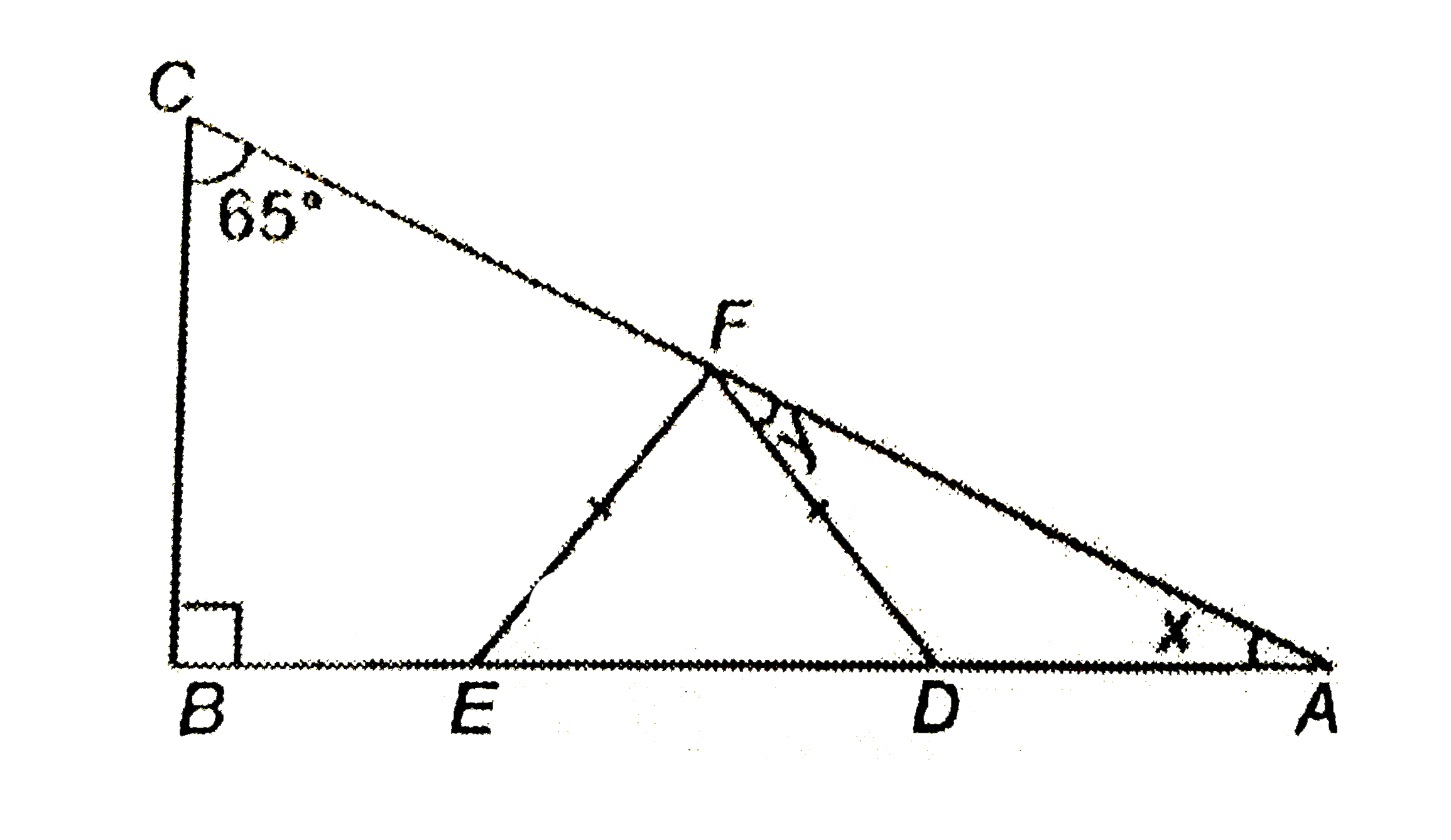 View Solution
View SolutionFind the area of the following figures.
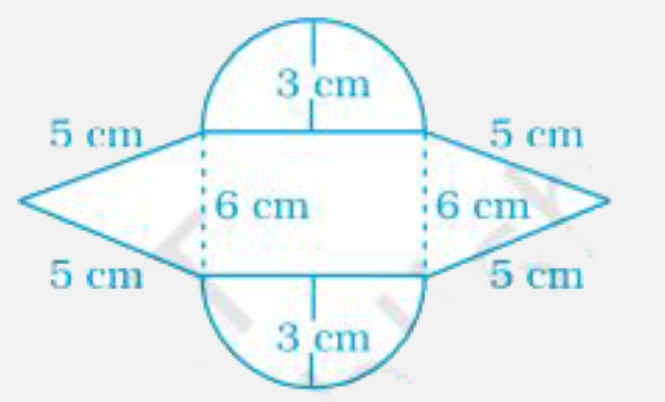 View Solution
View SolutionFind x in the following figures.
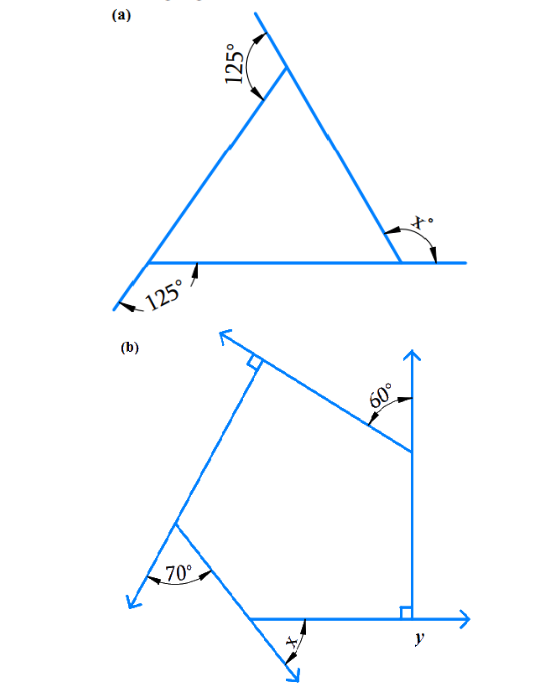 View Solution
View Solution


